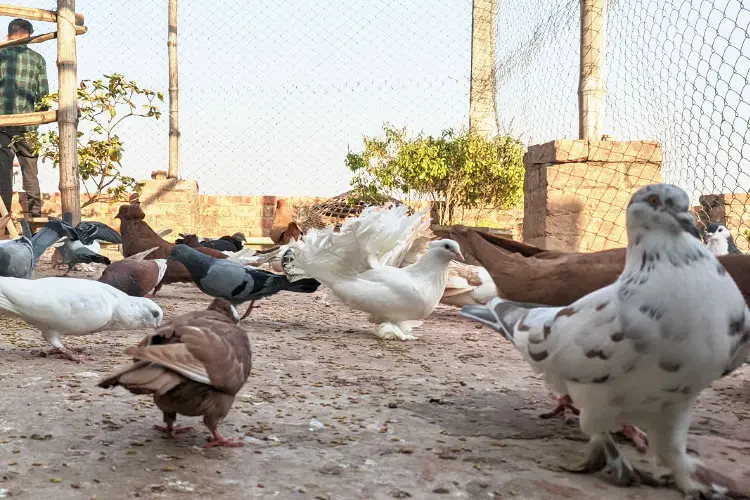The Pigeon’s Circulatory System: How Blood Flow Supports Flight
Have you ever watched pigeons take flight and thought just how they are doing it? One of the key factors that work in this incredible feat is their circulatory system. It is a process where your heart pumps blood and transfers it to your lungs to receive oxygen.
For a Pigeon to fly, it needs a lot of muscle power and oxygen delivery. The cardiovascular system pumps a lot of blood in a minute and obtaining enough oxygen for this bird to fly.
By understanding this phenomenon, you will be able to uncover the evaluation of pigeon and their aviation maneuvers. So, here we will give you everything you need to know about Pigeon cardiovascular system.
The Pigeon’s Heart and Blood Vessels
Pigeon’s heart is the main part of the cardiovascular/circulatory system. It pumps blood and the blood vessels transfer it to the lungs to obtain oxygen.
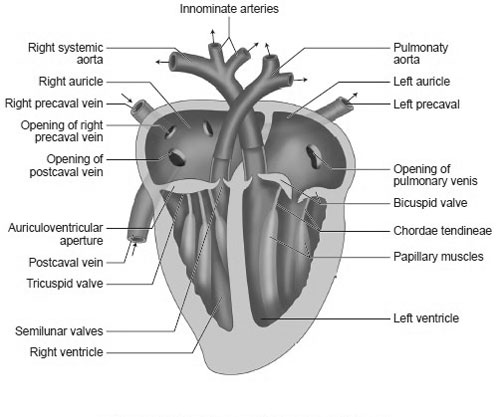
The heart of a pigeon has four chambers: two atria, two ventricles, and two valves. To understand avian physiology, you must first understand the following:
Chambers
Pigeon’s heart has four chambers. The upper portion is called the atrium ( Left & Right) and the lower portion is called the ventricle ( Left and Right). Their working process goes something like this:
- To begin, the right side of the heart receives oxygen-depleted blood from the remainder of the body.
- Then it is pumped into the right ventricle.
- The right ventricle then pumps this blood into the lungs
- it is oxygenated there
- After that, the oxygen-rich blood then returns to the left atrium
- The left atrium then pumps it into the left ventricle
Valves
Valves mainly work as a barrier. They prevent the chambers from being overflown with blood. Pigeons have two heart valves.
- The atrioventricular Valve (Separates the atria from the ventricles)
- Semilunar valves (Situated at the base of the pulmonary artery and aorta)
The atrioventricular valve first opens up and allows blood to flow from the atria to the ventricles. It then closes up to prevent backflow. The semilunar valves prevent the already pumped-out blood from flowing back into the heart.
Vessels
Apart from that the heart takes the help of different blood vessels to pump in and out blood. Three main vessels support the circulatory system:
Aorta: It is the largest artery in a pigeon’s body. Aorta originates from the left ventricle of the heart. It carries oxygen-rich blood from the heart to the tissues and organs.
Pulmonary arteries: They are responsible for carrying oxygen-poor blood. It delivers that blood from the right ventricle to the lungs. The mechanism is called the pulmonary circulation.
Vena Cavas: These are two big veins that restore oxygen-depleted blood to the right side of the heart.
Different Pressures And Flows In The Pigeon’s Circulatory System

Pigeon blood flow is a unique thing. It increases every time they take flight. The circulatory system of the pigeon is composed of various blood vessels. They work together to transport blood throughout the body. Different pressures and flows in the Pigeon circulatory system are:
Arteries:
They oxygenated blood away from the heart and towards the body cells
Arterioles
It regulates blood flow to specific tissues and organs by vasodilating or vasoconstricting
Capillaries
Capillaries are tiny blood vessels that connect arterioles to venules. Its main work is to exchange nutrients, gases, and waste products between the blood and the body cells.
Venules and veins
Finally, the venules and veins transfer the deoxygenated blood back to the heart.
Avian birds like pigeons have a blood pressure of 108-250 mm Hg. This high pressure helps the blood push through the network of capillaries.
They transfer oxygen, blood, and nutrients to cells in the pigeon’s organs through venules and veins. Thus, the oxygen and nutrients help a pigeon to sore through the sky.
The Pigeon’s Blood Cells and Hemoglobin
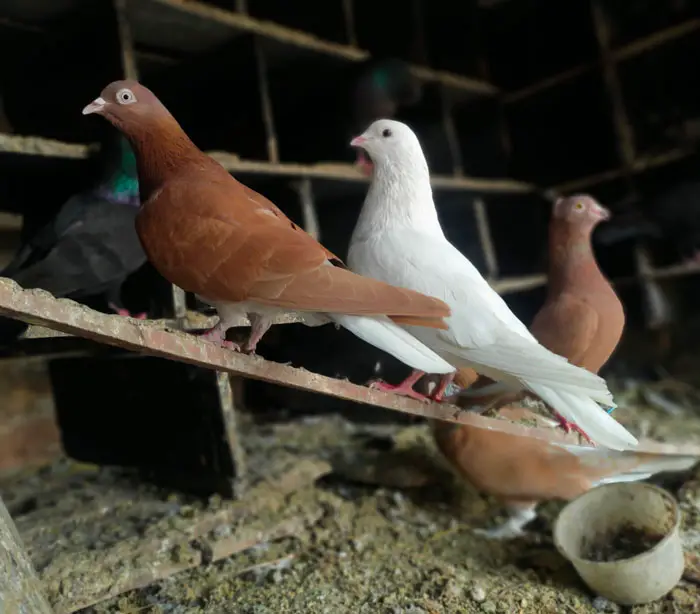
Blood cells are an important part of pigeons’ avian biology. These circulate the bloodstream in the pigeon’s body. Pigeons have 3 types of blood cells:
Red
Red blood cells play a crucial role in systemic circulation. It transports oxygen from the lungs to the tissues of the body. It then carries carbon dioxide, a waste product of metabolism, from the tissues to the lungs for exhalation.
Hemoglobin plays a vital role here. It is a protein that binds oxygen and carbon dioxide molecules. Hemoglobin is made out of subunits. Each subunit contains an iron atom that is capable of binding to oxygen.
White
White cells help the bird heal from diseases and infections.
Over the evaluation process, the pigeons have developed adaptations that pigeons have developed in their blood cells and hemoglobin to support their high metabolic rate and flight. They are:
- Pigeons have a higher red blood cell count than most other birds. This helps them to transfer more oxygen to their tissues and muscles when they fly.
- They have formed a specialized form of hemoglobin in their body. It is particularly efficient at transferring oxygen to their tissues. This happens because of the changes that occur in the amino acid sequence of the protein. The sequence further enhances its oxygen-binding ability.
- Pigeons have more hemoglobin in their system than most other animals. More hemoglobin means more oxygen generation.
- And lastly, Pigeons have developed a larger blood volume than other birds of similar size. This allows them to transport more oxygen and other nutrients to their muscles during flight.
The Pigeon’s Respiratory System and Air Sacs
The respiratory system is a compilation of organs and tissues that helps humans and animals breathe. Likewise, the pigeon’s respiratory system is responsible for oxygen and carbon dioxide exchange.
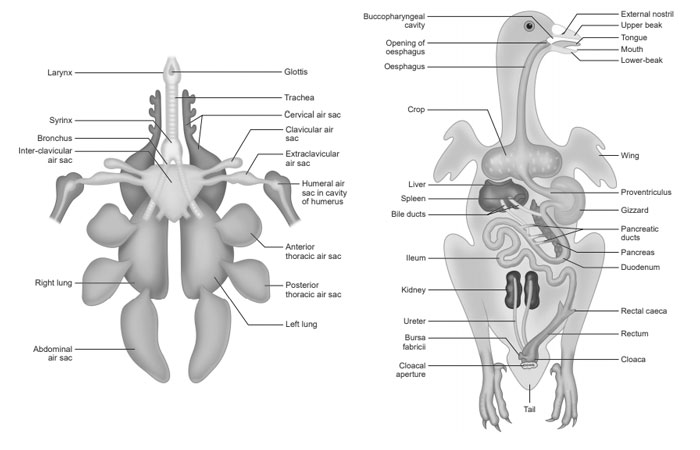
Three four main organs support pigeons to breathe:
Trachea
The trachea is the main airway in a pigeon respiratory system. It is a tunnel that extends from the mouth and nostrils of the bird and ends at the lungs. The trachea is supported by rings of cartilage to keep it from collapsing during breathing.
Bronchi
Bronchi start at the base of the trachea. At the base of the trachea, it branches into two sides and leads to the two sides of the lungs. We call these two smaller tubes Bronchi.
Cartilage Rings
The bronchi are supported by cartilage rings. These rings contain mucus-producing cells that help trap foreign particles and debris.
Lungs
The lungs are the main organ that gathers oxygen. Pigeon’s lungs are spongy and located in the chest cavity. They are divided into small air sacs, called parabronchi.
Parabronchi are arranged in a honeycomb-like structure. Air passes through these sacs, and oxygen is absorbed. And as usual carbon dioxide is expelled after that.
Pigeon species have 9 air sacs. These sacs are divided into two types:
Anterior
The anterior air sacs are located in the chest. It connects the chest and the lungs. When a pigeon inhales, stale air is pushed out of the anterior air sacs and into the lungs. When the pigeon exhales, the fresh air is pushed from the posterior air sacs.
At the same time, stale air is pushed out of the lungs right into the anterior air sacs. This continuous flow ensures that oxygen-rich air is always available.
Posterior
The posterior pigeon air sacs are located in the abdominal cavity. These sacs connect the lungs to other organs. They play an important role in supporting flight by reducing the weight of the bird. When the posterior air sacs expand, they push air out of the body cavity.
The process reduces the overall density of the bird. So, pigeons don’t have a hard time maneuvering in the air.
Like blood cells and hemoglobin, pigeons have developed several adaptations in their respiratory system and air sacs. They are:
- The respiratory system, supported by the air sacs, makes sure fresh air is always available in the lung. So, inhalation and exaltation are quick and easy for pigeons.
- Air sacs also help maintain lightweight flight.
- Finally, the air sacs also help the pigeons to regulate their body temperature
The Pigeon’s Cardiovascular System and Flight Performance
The unique cardiovascular system of the pigeon is responsible for this aerial bird to soar across the sky. Their cardiovascular system works in overdrive to support their flight performance.
The heart pumps vigorously, circulating oxygen-rich blood to the muscles. At the same time, the blood vessels and capillary beds efficiently deliver nutrients and oxygen to the tissues. The unique adaptations in the pigeon’s circulatory system deliver increased blood flow to the muscles.
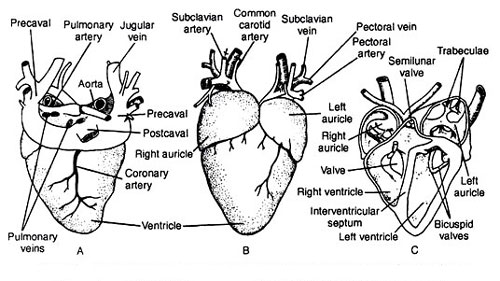
This promotes endurance and sustained flight. Without this efficient delivery system, pigeons would not be able to achieve their impressive flight capabilities.
For decades, scientists have been fascinated by the impressive abilities of pigeons to fly long distances with incredible speed and agility. Recent research on bird anatomy has shed light on some important facts:
- The circulatory system plays a crucial supporting role in high metabolic rate and flight performance.
- During the flight, a pigeon’s heart rate increases significantly. This increases blood flow to the muscles and organs.
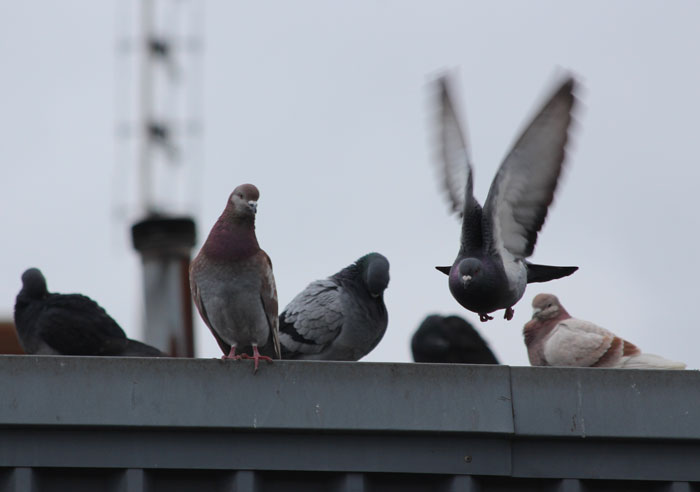
Pigeon’s circulatory system is surely different from a human’s. This only shows that by researching pigeons’ organs and support systems, we can go a long way:
- Maybe we can even get a breakthrough in the prevention of heart disease.
- By studying the pigeon heart anatomy we may even pave the way for the prevention of heart blockage in humans.
- By analyzing the unique structure and function of avian wings researchers can develop innovative aircraft wing designs.
- Cardiovascular research institutions can identify ways to improve the health and well-being of wild bird populations through this study.
- Biologists can design conservation strategies. They can take into account the unique physiological needs of different pigeons’ kinds through in-depth research.
Conclusion
Overall, we have covered everything you need to know about the pigeon’s circulatory system, blood flow, air sacs, and everything in between. The flight mechanism of pigeons doesn’t particularly depend on one element of their body. Rather the combination of how their whole body structure functions including the wing structure. But undoubtedly the circulatory system presides over them.
The scope of further study is vast in this sector. To protect birds and pigeon populations you must know how they function. For further research, you will find numerous guides and journals to support you. You can also contact bird conservation organizations for a field study.
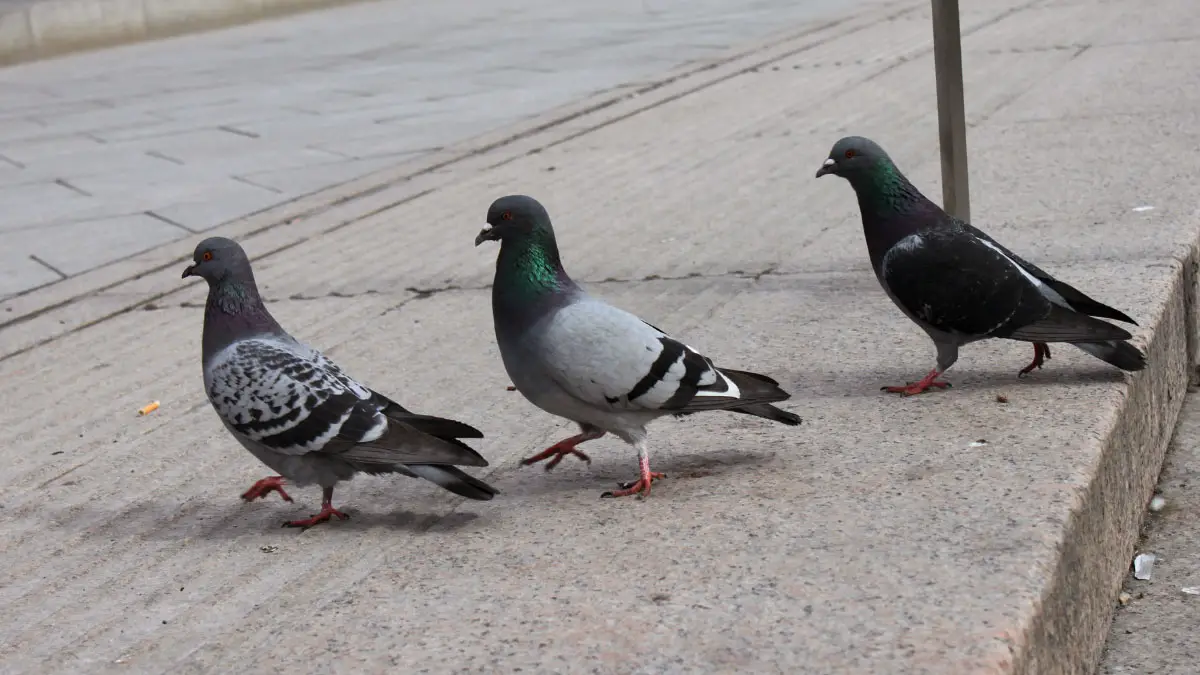
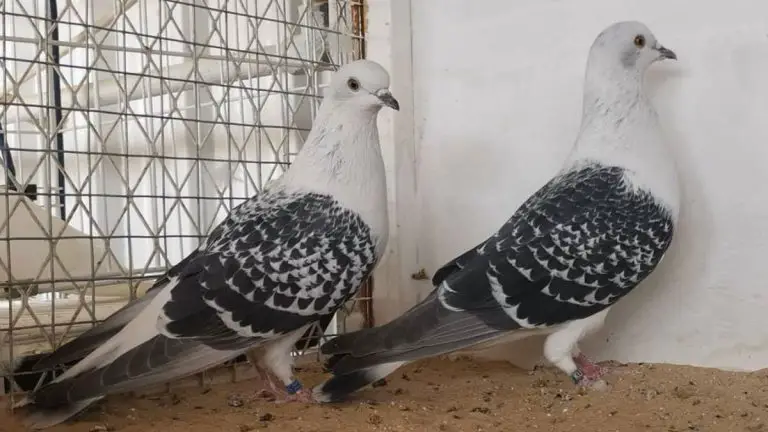
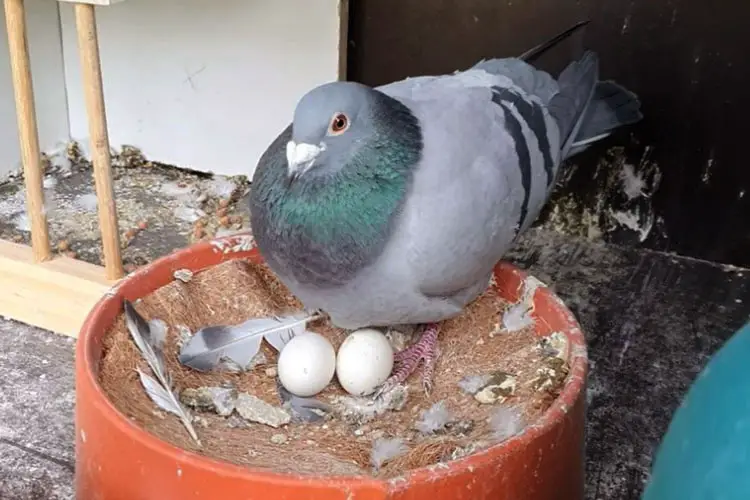
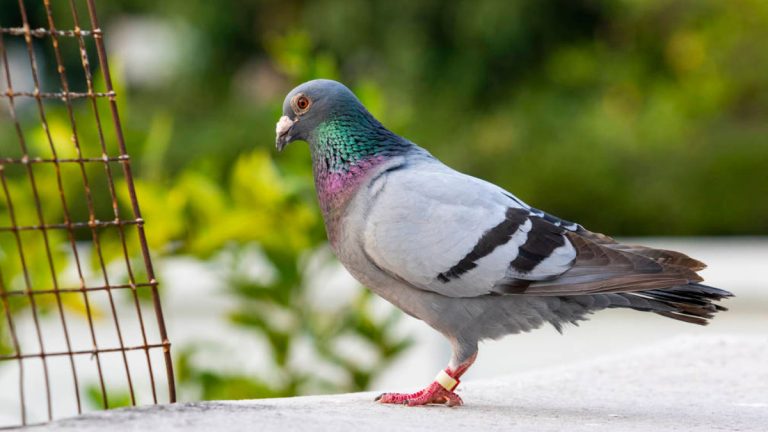
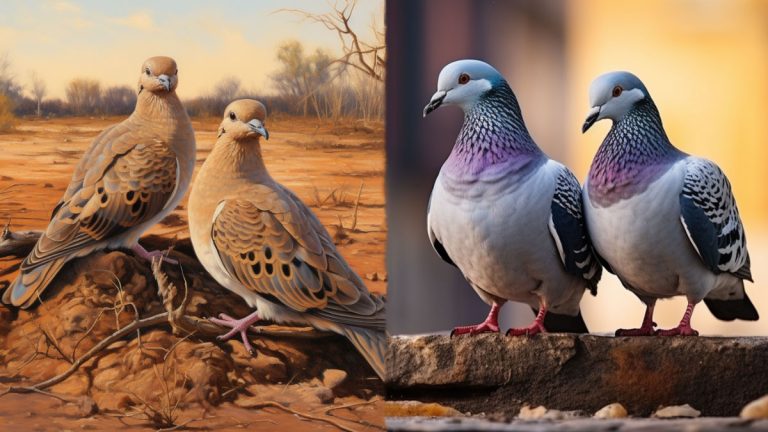
![Do Pigeons Eat Mice? [Everything You Need To Know]](https://avicultureblog.com/wp-content/uploads/2023/01/Do-Pigeons-Eat-Mice.jpg)
